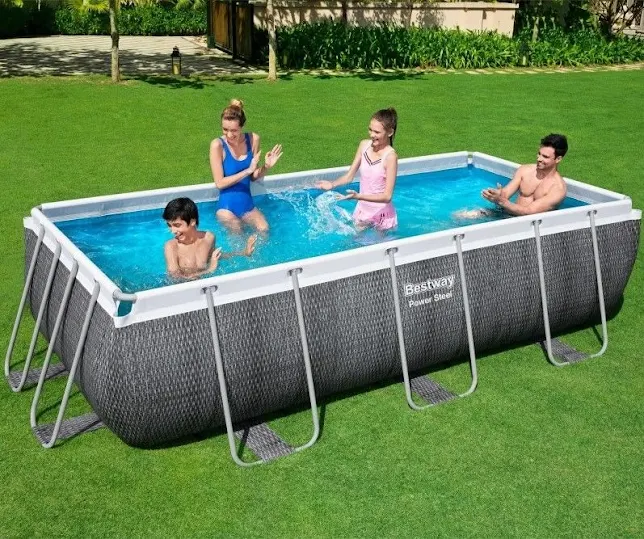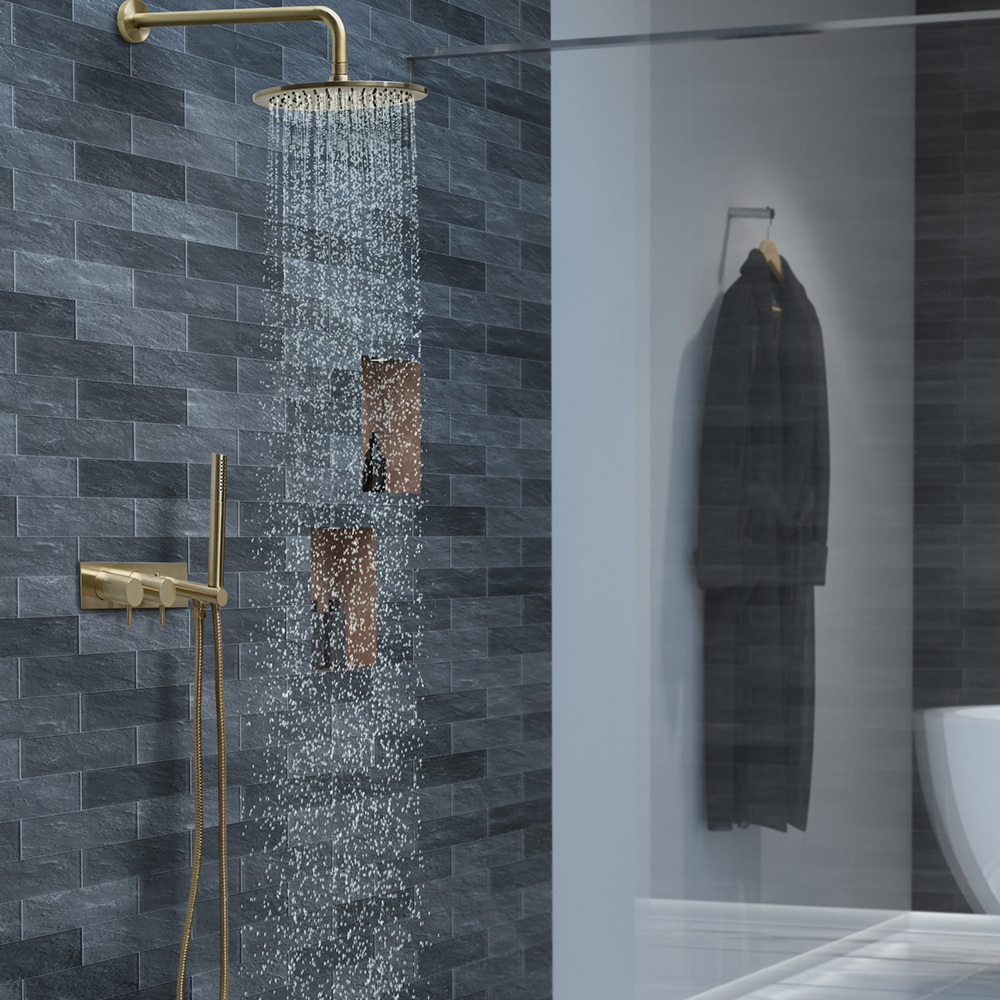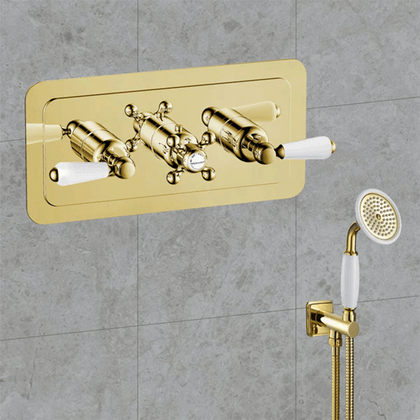The maintenance of the right level of chlorine isn't easy. If you are super-chlorinating the pool to eliminate bacteria, algae, as well as chloramines, it's easy to exceed the recommended level and over-chlorinate the pool.
Ideal levels of chlorine for the pool tend to be between 2.0-4.0 parts per million (ppm). If your water's pH is more than 4.0-5.0 per millilitre, continue reading to find out how you can fix it.
Why is my Chlorine Level So Insane?
excessive levels of chlorine pool shock or adding too many chlorine tablets into the feeder could produce very large levels of chlorine. Another method of over-chlorinating the pool is to keep an operating liquid chlorine pump for the entire night. You'll typically arrive the next morning to see a green-coloured pool.
A proper level for stabilizing chlorine (Cyanuric Acid or CYA) will shield chlorine from sun damage and also slow the natural degrading of chlorine. CYA should be kept in the optimal range of 30-50ppm. If you are forced to add stabilizers to the pool, lower the chlorine you use following the application. If you don't, you might end up adding excessive amounts of chlorine to the pool. Also, the excess CYA within the swimming pool may lower the effectiveness of chlorine. You may even get an inaccurate chlorine reading. When CYA levels are too high, that is in the 100-125 per millilitre or higher consult an expert from the pool. It may be necessary to think about diluting the water to bring them back to normal.
The seasons have different requirements for different quantities of bromine or chlorine. On sunny and hot days the pool will consume more chlorine. This is also true for pools that have more swimmers and more leaves - you'll require more chlorine to ensure an even quality of sanitation. However, swimming pools with effective circulation and filtration systems or those that have secondary sanitisers, such as minerals, ozonation and UV systems, might require half the amount of chlorine to keep the water's cleanliness and clarity.
How high is too high for Chlorine?
Pool care questions Every person's reaction to chlorine is different. If free chlorine levels are higher than 5.0 per millilitre, swimmers might suffer from itchy skin, irritation of the eyes, or dry hair.
The chlorine in pools naturally escapes off the surface. However, extremely high levels of chlorine can cause irritation to the lungs and airways. This is especially the case for indoor pools.
If the level of chlorine is more than 10ppm, swimsuits may start to fade. The covers of the pool become damaged and the water can be uninhabitable and unsafe for swimmers. The pool should be closed and the covers closed until chlorine levels are to 5.0 per millilitre.
Testing very high levels of chloride.
test the chlorine levels in the water in your pool. If you are testing extremely large levels of chlorine 10ppm is the most that can be detected by strips or kits. If the levels are higher than this, DPD test samples will discolour, or strips will become transparent. If this occurs you need to dilute the test sample by half using distilled water and multiply the results by two.
In this case, shake out the contents of the test vial, then refill it with pure water. After that, multiply your test results by 2 to determine readings of more than 10ppm. This can be accomplished using test strips by mixing the contents of a container of swimming pool water and the distilled water in a cup.
How to reduce the amount of chlorine in the Pool
The first thing to do is when the levels of chlorine are excessively high, stop adding chlorine! Switch off your automatic chlorineizer or take your chlorine floater out of the pool. There are many methods to reduce the level of chlorine in your swimming pool:
- Eliminate chlorine naturally using sunlight, aeration, or stirring the water
- Add sodium Thiosulfate, a.k.a. Chlorine Neutralizer for immediate reduction
- Incorporate Ascorbic Acid, a.k.a. Vitamin C for removal of chlorine
- Include Hydrogen Peroxide to dissolve the chlorine
The cheapest alternative is to let the chlorine evaporate naturally. When you have shocked the water, you can leave the pool water exposed and let the chlorine dissipate in its own time. Aerating the pool, and then circulating or stirring the water will aid in dissolving the excess chlorine more rapidly. If you've added excessive amounts of chlorine shock and you're forced to get in the pool earlier rather than later, several other ways to assist you in returning to the pool more quickly. Swimming pools located in shade aren't able to apply this method effectively because it's mostly contingent on the direct sun.
In the Swim pool chemicals to lower chlorine levels you are using Sodium Thiosulfate Add 2 8 oz. per 10,000 Gallons of pool water in order to reduce the chlorine level by 1.0 per millilitre. If you're using chemical methods to lower the chlorine level, this is most likely the least expensive and most reliable approach.
Ascorbic Acid is usually used to remove stains from swimming pools. However, it is also utilized to lower the amount of chlorine in the pool, too. A 10 oz. dose for 10,000 gallons of pool water will reduce levels of chlorine by approximately 3.0 ppm.
Hydrogen Peroxide aids in breaking down chlorine. It is best used at pH levels of 7.0 or greater. Use 7 oz. of Aqua Silk Oxidizer (27 per cent hydrogen peroxide formulation) per 10,000 gallons of pool water to reduce chlorine levels to 3.0 ppm. For smaller bodies of water, you can use 1 one ounce. of 3% pharmacy grade hydrogen peroxide for 100gallons spa water to reduce the chlorine (or bromine) levels by 5 ppm. Be aware that pH levels drop following a successful hydroperoxide solution. Make sure you balance your water after treatment.
If you are using chemical methods to reduce the chlorine levels in swimming spas and pools, ensure that you do not exceed the threshold. Dosing your pool too much with Sodium Thiosulfate can cause problems when adding fresh chlorine, at most for a short period of time. Sodium Thiosulfate is able to be eliminated from the majority of pools in several days. Always check the label for the recommended water balance and the correct dosage instructions.
Reduced High Chlorine (or bromine) In Hot Tubs
The techniques for reducing the levels of sanitiser in hot tubs and spas are similar to those mentioned in the previous paragraph. In many instances, simply leaving the hot tub unattended and turning the jet pump at high and the air blower running will bring the levels to the lowest within a couple of hours.
lower the chlorine levels in your pool or spa If this doesn't work fast enough, you should invest in a tiny bottle of Chlorine Neutralizer which is an extremely efficient bromine reducer or neutralizer.
Keep in mind that hot tubs with bromine may require bromine at higher levels with less adverse consequences than chlorine. Bromine can be 2.5x more powerful than chlorine, which means that the reading of 2.5 ppm of bromine is the equivalent of 1.0 per milligram of chlorine. The majority of hot tubs with bromine must have the following levels: 3.0-5.0 ppm residual or 1.0-3.0 per millilitre if you are using mineral sanitisers or Ozone.
How much is too high for bromine levels in hot tubs? Individuals' sensitivities vary however, most people can endure short-term soaks in hot tubs that have bromine levels as high as 10ppm (or levels of chlorine as low as 5 ppm) without any major irritation to the skin. However, high levels of bromine create an unpleasant odour on the hair and skin. This alone could cause you to reduce the levels.
The process of draining a spa with extremely high levels of bromine or chloride could cause issues for plants or lawns. The pumping of the spa into a pool water pool (chlorine only) or directly to storm drains are two alternatives. It is also possible to dilute the water by draining it and then refilling the hot tub or spa.
To avoid this problem from occurring in the future, it's usually changed to the management of your spa or pool procedure. Long periods of high levels of bromine or chlorine could be harmful to the well-being of your pool, equipment, as well as accessories such as covers and floating devices. It is also extremely uncomfortable for swimmers and causes issues with eyes and skin discomfort. Maintain your water's pH in a balanced manner be sure to read and adhere to instructions on the chemical label and be aware of the proper dosage depending on the size of your pool spa.
Elevate Your Bathroom Experience: Shower Design and Valve Selection Tips



Comments
Post a Comment